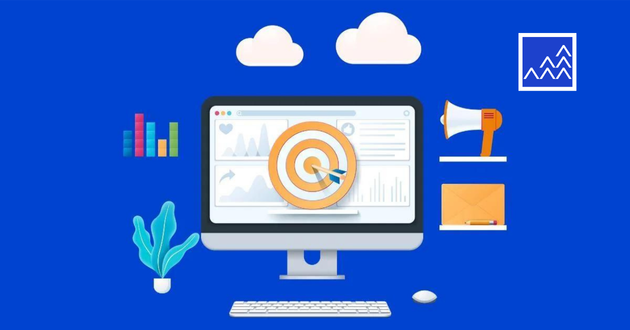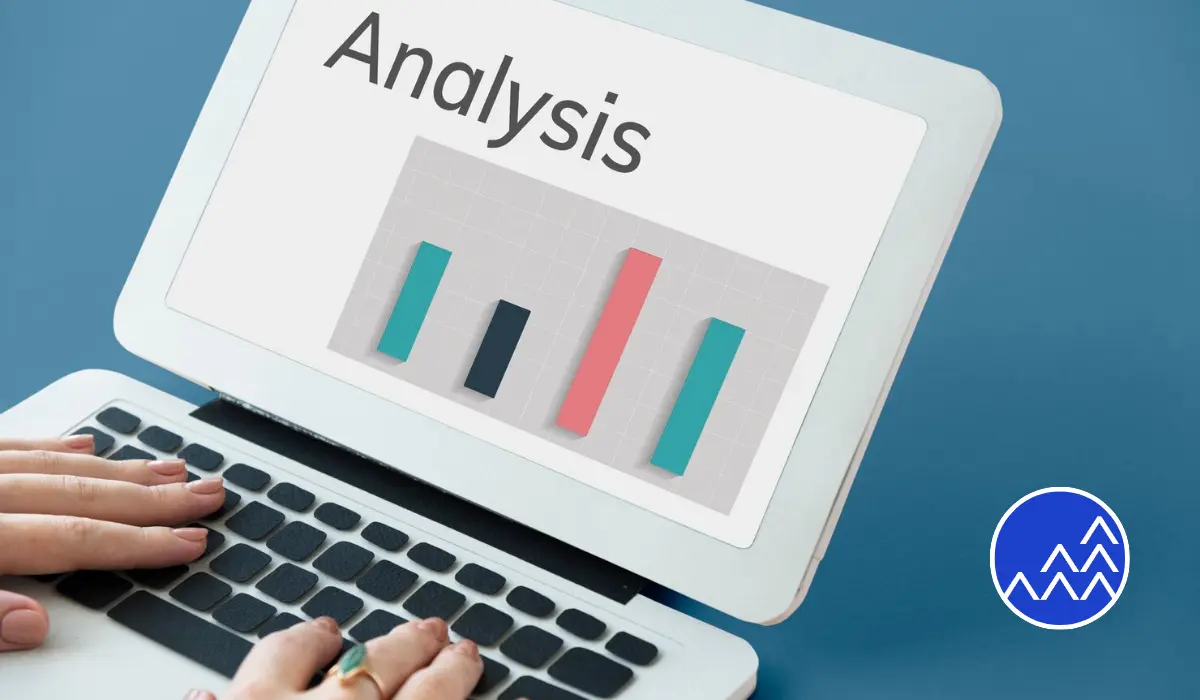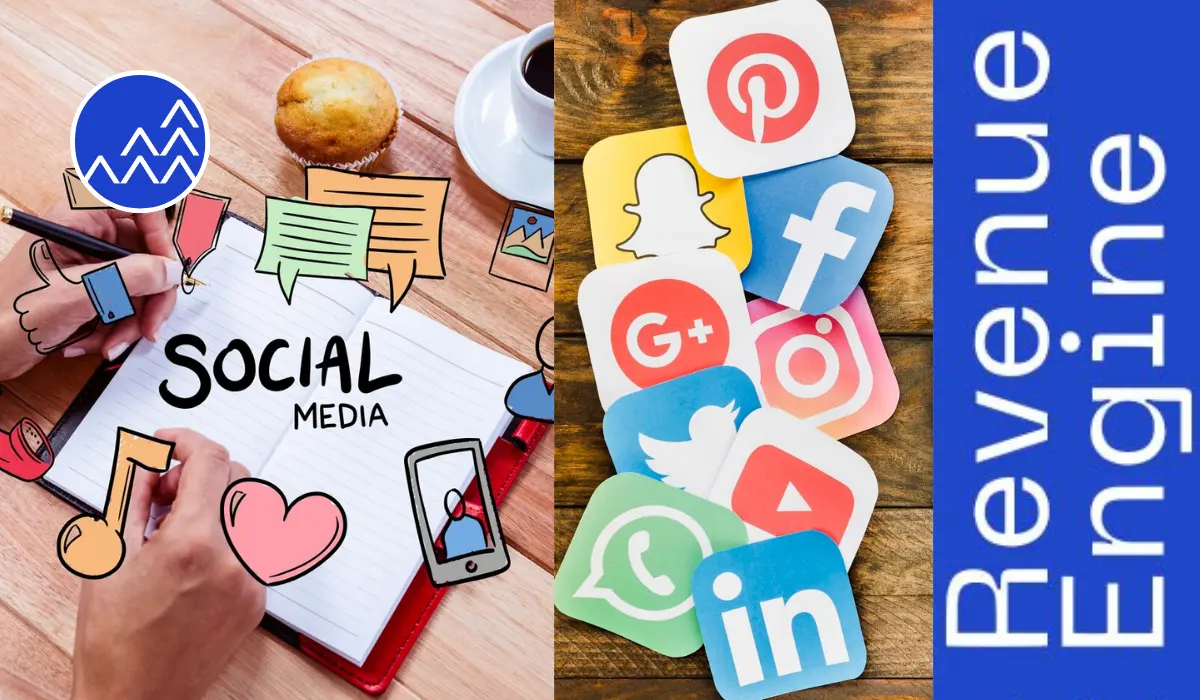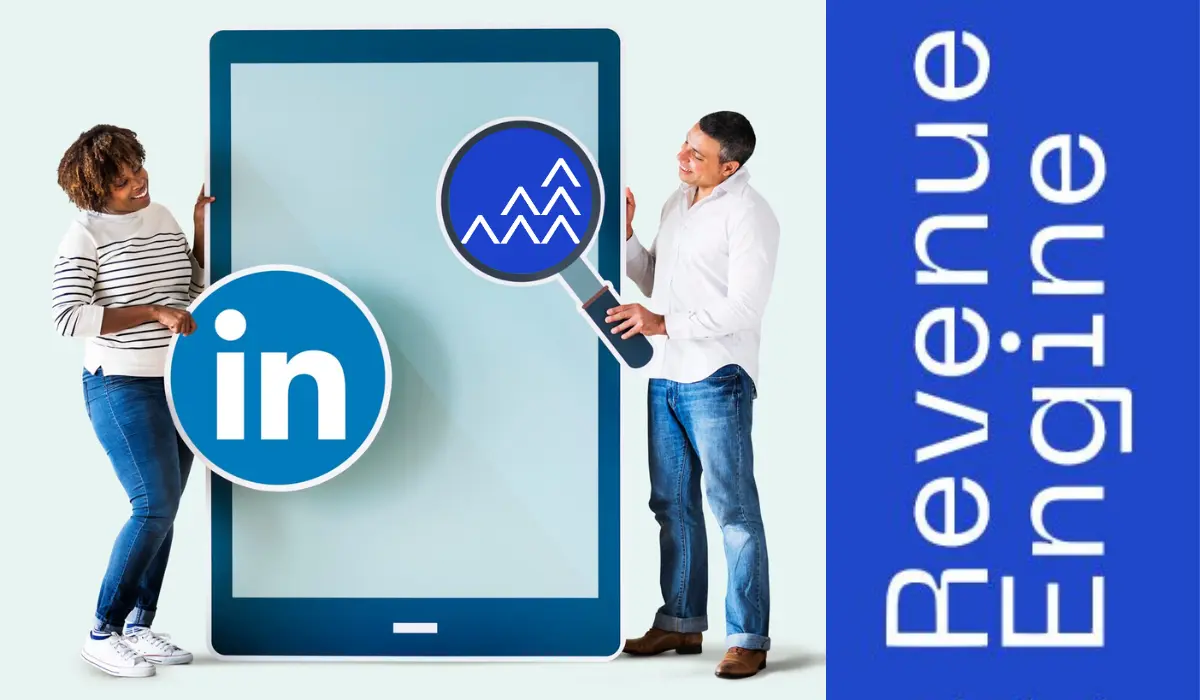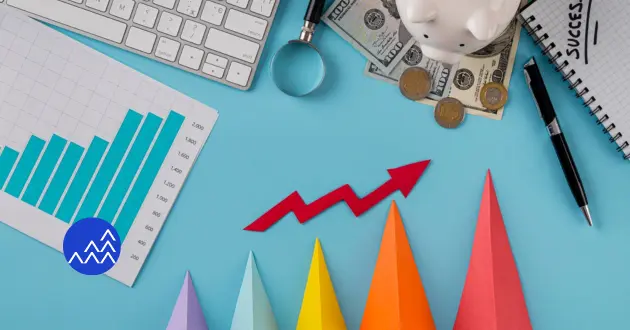In today’s digital world, businesses constantly look for ways to drive sales and increase revenue. One of the most effective ways to achieve this is through paid advertising. When done correctly, paid ads can generate qualified leads, enhance brand visibility, and ultimately boost sales. This guide will explore actionable strategies to help you create paid ad campaigns that drive results and maximize your return on investment (ROI).
Understanding Paid Ads
Paid advertising refers to the process of promoting your business through ads that appear on platforms like Google, Facebook, Instagram, LinkedIn, and other channels. These ads typically require a financial investment, where you pay per click (PPC), impression, or engagement.
Unlike organic marketing, paid ads give you instant exposure and can target highly specific audiences. However, the key to success lies in developing effective campaigns that resonate with potential customers and encourage conversions.
The Benefits of Paid Ads for Sales
- Immediate Results: Paid ads allow you to reach potential customers as soon as your campaign is live, ensuring fast visibility for your products or services.
- Targeted Audiences: Advanced targeting options let you focus on specific demographics, locations, and interests, increasing the likelihood of reaching potential buyers.
- Scalability: Paid ad campaigns are easily scalable. You can adjust your budget to accommodate your business needs and monitor real-time results for optimization.
- Measurable Results: Most ad platforms provide in-depth analytics, allowing you to measure performance, track conversions, and determine your ROI.
- Enhanced Brand Awareness: Even if users don’t click on your ad, they still see your brand, increasing recognition over time.
How to Create Paid Ads That Drive Sales
Define Clear Objectives
Before launching a campaign, you need to set specific, measurable goals. Do you want to drive traffic, generate leads, increase sales, or boost brand awareness? Defining your objectives helps determine the ad strategy, platform, and format to use.
Know Your Audience
To create ads that resonate with potential customers, you must have a clear understanding of your target audience. Use audience insights to identify their demographics, interests, and online behaviors. The more you know about your audience, the more relevant and personalized your ad content can be.
Choose the Right Platform
Different platforms offer unique opportunities for paid advertising. For example:
- Google Ads: Ideal for capturing high-intent users through search and display ads.
- Facebook and Instagram Ads: Great for social media engagement and reaching a broad audience.
- LinkedIn Ads: Best for B2B companies looking to target professionals and decision-makers.
Choose the platform(s) where your target audience is most active to maximize the effectiveness of your campaign.
Craft Compelling Ad Copy
Your ad copy should grab attention and motivate users to take action. Keep it concise, focus on the benefits, and include a strong call to action (CTA). For example, phrases like “Get 20% off today” or “Download your free guide now” entice users to engage with your ad.
Utilize High-Quality Visuals
Images and videos are powerful tools in paid ads. High-quality visuals capture attention and convey your message faster than text alone. Ensure that your images or videos align with your brand and highlight the product or service you’re promoting.
Optimize Landing Pages
Your ad can bring users to your website, but the landing page determines whether they convert. Ensure that your landing pages are optimized for conversions by providing clear messaging, fast load times, and an easy-to-navigate layout. The page should match the promise made in your ad to create a seamless user experience.
Leverage Retargeting
Retargeting ads are a highly effective way to re-engage users who have already interacted with your brand but haven’t converted. These ads serve as reminders and can significantly increase your chances of closing a sale. Platforms like Facebook and Google allow you to create retargeting campaigns that display ads to previous visitors or those who abandoned their carts.
Test and Optimize
To continuously improve your paid ad campaigns, use A/B testing to try different versions of your ad copy, visuals, CTAs, and targeting options. Regularly analyze performance metrics and make adjustments to optimize results. Testing helps identify what resonates best with your audience, allowing you to allocate your budget more effectively.
Maximizing ROI with AI in Paid Ads
Incorporating artificial intelligence (AI) in your paid ad strategy can give you a competitive edge. AI-driven tools help with:
- Predictive Analysis: AI analyzes vast amounts of data to predict customer behavior, helping you tailor your ads more effectively.
- Automated Bidding: AI optimizes your bids to ensure you get the best results at the lowest cost.
- Ad Personalization: AI-powered tools can create dynamic ads that change based on user behavior and preferences.
By leveraging AI in paid advertising, you can streamline your campaigns, target more precisely, and boost your ROI.
Conclusion:
Creating paid ads that drive sales involves a combination of smart strategy, compelling content, and continuous optimization. By understanding your audience, choosing the right platforms, and leveraging AI tools, you can maximize your ad performance and generate a higher ROI for your business. Paid advertising remains one of the most effective ways to increase sales and grow your brand in today’s competitive marketplace.
FAQs!
Q. How much should I spend on paid ads?
The budget for paid ads varies depending on your industry, objectives, and audience size. Start with a modest budget, analyze the results, and adjust accordingly.
Q. How long does it take to see results from paid ads?
Paid ads can produce immediate visibility, but it may take time to see significant sales or lead generation, depending on your campaign setup, target audience, and the platform you’re using.
Q. How do I know which platform is best for my paid ads?
Choose the platform where your target audience is most active. For example, use Google Ads for search intent, Facebook for broad reach, and LinkedIn for B2B targeting.
Q. Can I use multiple platforms for my paid ads?
Yes, using multiple platforms can enhance your reach. However, ensure that your strategy aligns across platforms to create a consistent user experience.

